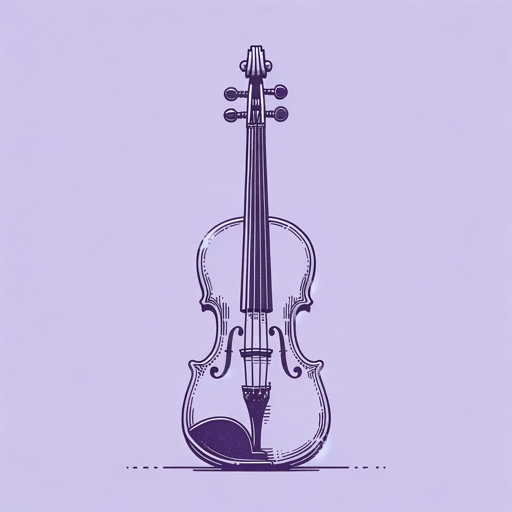56 pages • 1 hour read
Susan KuklinNo Choirboy: Murder, Violence, and Teenagers on Death Row
Nonfiction | Book | YA | Published in 2008A modern alternative to SparkNotes and CliffsNotes, SuperSummary offers high-quality Study Guides with detailed chapter summaries and analysis of major themes, characters, and more.
Themes
Race, Injustice, and Capital Punishment
Content Warning: This section contains references to violence, sexual assault, and racism.
The cases described in Kuklin’s book suggest that racial bias has not ceased to be a significant factor in capital cases in the years since Baldus’s 1983 study, at least in the American South. In capital murder trials, the judge or jury must consider “mitigating evidence” in determining a sentence; typically, this includes the defendant’s background, such as the lack of a criminal record. Napoleon, who was executed in Texas in 2002 for the murder of a white businessman, was an honor student with no criminal record at the time of his arrest. Nanon Williams, sentenced to death in Texas in 1992, also showed immense promise, making the Junior Olympics in track, the All-State soccer team, and All-Star Little League Baseball; he was being scouted by universities for football a year or two before his arrest. The extreme youth of the three Black defendants Kuklin profiles—Nanon and Napoleon were both 17 at the time of their arrests, while Roy was 16—should also have been mitigating factors. Nevertheless, all three received the death penalty.
The probability of racial bias in the sentencing process does not even take into account the role played by race in the trial itself.
Related Titles
By Susan Kuklin


